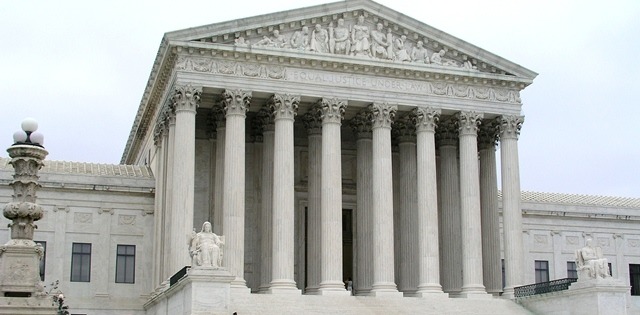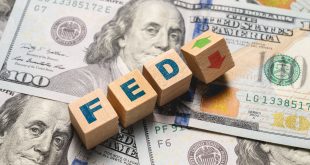
Trump’s Tariff Powers Face Historic Supreme Court Test
The United States Supreme Court has cast doubt on President Donald Trump’s authority to impose sweeping tariffs under emergency powers, in a case that could redefine presidential control over trade policy. During a tense hearing in Washington, both conservative and liberal justices questioned whether the president had overstepped constitutional boundaries by unilaterally enacting tariffs that have reshaped the global economic landscape.
The legal battle stems from Trump’s decision to impose broad import levies earlier this year, claiming that foreign trade imbalances and illicit drug flows posed a national emergency. Small American businesses—ranging from toy makers to wine importers—challenged the move, arguing that only Congress has the power to regulate trade and taxation. Lower courts sided with the plaintiffs, ruling that Trump’s actions violated the Constitution’s separation of powers.
At the center of the debate is the 1977 International Emergency Economic Powers Act (IEEPA), which allows presidents to act during foreign threats. Trump used this law to justify tariffs on goods from China, Mexico, Canada, and several other nations. His administration insists these tariffs are not taxes but “regulatory tools” to defend national interests. However, several justices pushed back, noting that tariffs directly extract money from American consumers and businesses, traditionally a congressional prerogative.
The justices’ skepticism crossed ideological lines. Some questioned whether invoking national security to target a wide range of countries, including close allies, was justifiable. Others raised concerns that the administration’s interpretation of the law could open the door to unchecked executive authority. The case may ultimately hinge on the Supreme Court’s “major questions” doctrine—a principle that limits presidential power in matters of vast economic or political significance without explicit congressional approval.
If the court rules against Trump, the implications could be enormous. Billions of dollars collected from importers may have to be refunded, potentially creating administrative chaos. Economists warn that the decision could also reshape ongoing trade negotiations with key partners, as nations reconsider deals struck under the shadow of Trump’s tariffs.
Since returning to office, Trump has made tariffs a cornerstone of his economic policy, arguing they strengthen American industry and correct unfair trade deficits. His measures include levies as high as 50 percent on steel, aluminum, and pharmaceuticals, generating over $220 billion in revenue so far. Yet, research from major U.S. universities suggests the tariffs have also slowed economic growth, reduced manufacturing output, and raised prices for consumers.
Globally, Trump’s trade war has sparked mixed outcomes. While some allies like the European Union and Japan struck new deals to ease tensions, others—including China and India—remain locked in negotiations. The International Monetary Fund recently cautioned that the world economy’s current resilience might not last if protectionist policies persist.
The Supreme Court’s eventual ruling, expected in the coming months, will not only determine the future of Trump’s tariff regime but could also set a precedent for the limits of presidential power in economic affairs. For now, Washington—and much of the world—is watching closely as the highest court in the land weighs one of the most consequential trade battles in modern American history.
 Noor Trends News, Technical Analysis, Educational Tools and Recommendations
Noor Trends News, Technical Analysis, Educational Tools and Recommendations




